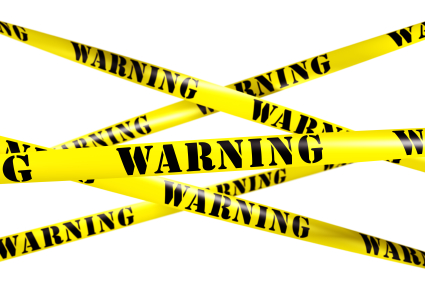
Some ads are just so good, you have to tear them out and keep them. In fact, many people will advise you to do just that. It’s for inspiration, right? But sometimes “inspiration” can get in the way of “creation.” Find out how to use other ads to help you—and when having them around is a bad idea.
What Is a Swipe File and Why Keep One
Simply put, a “swipe file” is your personal collection of ads you’ve liked—things that have struck you as really clever, creative, innovative, and/or effective. You might tear an ad out of a magazine, set aside a piece of direct mail, take a camera phone shot of a billboard, or other things like that. All of these together comprise your swipe file.
Keeping a swipe file can be a good practice to get into for a couple of reasons. First, it helps train you to slow down and look at the ads you see around you every day. Second, it makes you think critically about these ads: What’s good/effective/creative and why?
So, yes, it’s a good idea to keep a swipe file. As the term “file” implies, try to keep all your swipes in the same place. Your print swipe should all go in the same physical folder. Your electronic swipe should all go in the same folder on your computer. This way, you’ll be able to find it all at once when you want to look at it.
The Danger of a Swipe File
Now, however, for the downside of swipe—and when it can be dangerous. Your swipe files are there to inspire you, to help you look at things in different ways and challenge yourself to be more creative. You should be flipping through your swipe file between projects or at the very initial stages of concepting a project.
Your swipe file becomes a danger, though, if you look through it when you’re trying to write. Why? Because you don’t want someone else’s words in your mind when you’re trying to come up with your own.
Part of what makes great copy so effective is that it catches your attention and stays with you—which is exactly what you don’t want when you’re trying to create copy of your own. If you look at your swipe file while you’re trying to write copy, you’re going to be influenced by those words and those turns of phrase.

At best, it’s going to make it more difficult to come up with your own copy. At worst, you’ll end up accidentally slipping in a few lines from what you’ve read (maybe even from competitors) and/or offering up second-class versions of them.
This isn’t your fault. It’s completely natural to be influenced, and even stymied, by what’s in your awareness. If you put your attention on something—thinking of a purple hippo, say—and then try to force yourself not to think about it, what’s going to happen? You won’t be able to resist thinking of a purple hippo. The same goes with great copy. If you read some lines from your swipe file and then try to forget the others and create original lines of your own, you’re going to keep going back to your swipe.
So, what should you do? Build your swipe files and keep adding to them, but browse through them outside of projects. This will help you keep you fresh, plus help your brain synthesize the insights you get and then put them to use when you’re ready to create some copy for yourself.
Watch More About Swipe Files
In this short video, Nicki dives deeper into swipe files, including the dos and don’ts when it comes to keeping and using a swipe file. Too often, copywriters compile a swipe file and then…it collects dust.
If you’re going to collect ads you see, make sure you’re taking time to analyze why a particular piece is or isn’t effective.
Read More: More Writing Doesn’t Necessarily Mean Better Writing
Instead of focusing on churning out ads every hour of every day, copywriters should adopt a different technique instead. What does help you improve is applying some critical analysis. Read more here >>
Your Turn
Do you keep swipe files? (Or will you start?) Where do you find your favorite pieces of swipe? Let us know in the comments below!
Last Updated on October 30, 2024
Leave a Reply